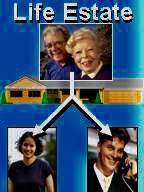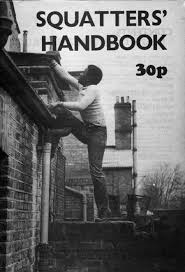
Re: Zarowiecki 1092 CarswellMan 99 dealt with the valuation of a life estate in a homestead and followed the formula dictated by the Supreme Court of Canada in Re Morice v Davidson (1943) SCR 545, utilizing actuarial calculations.
The Supreme Court of Canada decision, Re Morice; Morice v. Davidson, [1943] S.C.R. 94, 545, [1943] 1 D.L.R. 680, [1943] 4 D.L.R. 658, establishes the proper procedure to be followed. At p. 97 Hudson J. states:
When the appellant and respondent agreed to sell the property, they were selling two separate estates: the life estate of the appellant and the remainder of the fee simple held by the respondent as executor of the estate. The proceeds of the sale belonged to the parties in the proportion which the life estate bore to the remainder.
Further:
20 “… the value of the life estate must be ascertained on the basis of $4,275”, (the net proceeds of the sale) “being the value of both life estate and remainder, and when this is done the appellant will be entitled to be paid the amount fixed as value of the life estate.” And at p. 98:
If the parties cannot agree no doubt the amount should be fixed on a reference with the aid of an actuary.
21 There has been no agreement in this case nor any apparent hope of agreement.
22 The learned justice concluded, at p. 98:
The net proceeds of the sale of the homestead should be divided in proportion to the respective values of the life estate and of the remainder, the widow accordingly receiving out of such proceeds the share representing the value of the life estate.
23 The net proceeds of the sale of the homestead property amounted to $202,284.51, as agreed by counsel. The value of the widow’s life estate, the amount to which she is entitled out of the sale proceeds, is calculated on the basis of actuarial evidence. The ingredients in the calculation are the interest rate, the value of the property and the life expectancy of the widow: Re Casselman (1974), 6 O.R. (2d) 742, 47 D.L.R. (3d) 354 (H.C.).
24 Two experts were heard in the present case on the application of the three factors. Dr. John McCallum, economist and professor of finance and administrative studies at the University of Manitoba, testified that the interest rate to be used would represent a real rate of return. That would take into account such items as inflation and any other of a negative character, as opposed to the nominal interest rate. He stated that in conventional use in North America, two to three per cent were indicative of a real return. He found that three per cent in this case would be a not unreasonable figure.
25 Mr. John Corp, consulting actuary of Reed Stenhouse, adopted the three per cent interest rate as an acceptable and reasonable real rate of return in his calculation of the life interest based on the sale proceeds. He also took into account, he testified, the age of Mary Zarowiecki, which, it was agreed, was 82 years at the time of sale. He used the Manitoba Life Tables for females, 1975-77, published by Statistics Canada. Mr. Corp found that the proportion of the value of the property attributable to the life tenant is 17.83 per cent. The time of sale, when the life estate was disposed of, was the proper time on which to base the calculation. According to Mr. Corp’s testimony, he followed accepted actuarial practice.
26 I find that the value of the life estate is 17.83 per cent of the net proceeds of the sale of the homestead or $36,067.39, which sum is payable forthwith in a lump sum upon receipt by the estate of the sale proceeds.




